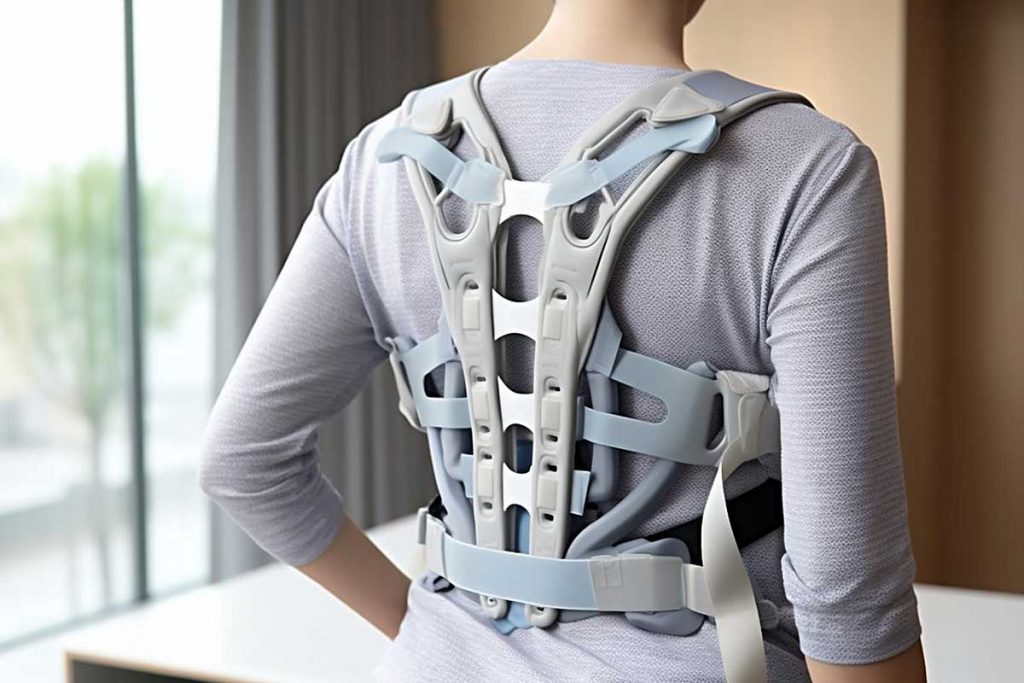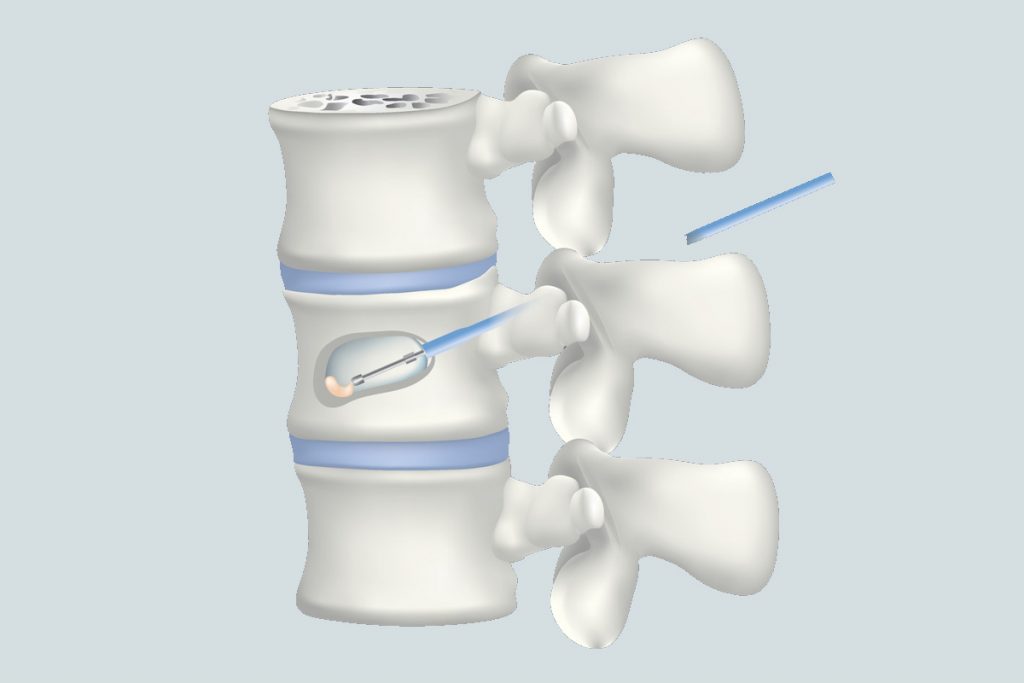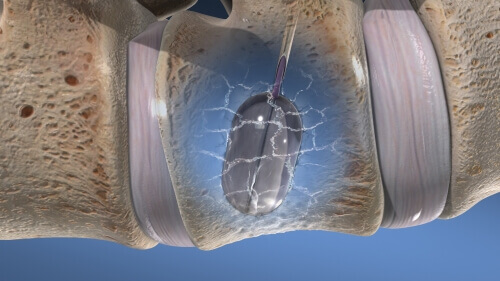Table of Contents
Compression fractures are small breaks in the spine’s bones. The broken vertebrae collapse, causing various symptoms, which usually include back pain, pinched nerves, misalignment of the spine, and decreased flexibility. The best compression fracture treatment depends on the severity of the fracture and the patient’s general health.
Common Medical Condition
Compression fractures are more common than people may realize since many are due to bones weakening from osteoporosis. There are approximately 1-1.5 million vertebral compression fractures diagnosed in the U.S. each year. As many as 25% of women 50 years old and older experience at least one such type of fracture. For people under 50 years old, half of the fractures are due to vehicle accidents and 25% are due to falling.
Treatment Options
Using a conservative spinal compression fracture treatment is always the preferred approach, depending on the fracture’s severity. However, there are minimally invasive spine fracture treatment options that have proven successful when conservative treatments would be ineffective.
Non-Surgical Treatment Options
Non-surgical back fracture treatment is always considered first. This approach finds the fracture’s severity, the patient’s age and other medical conditions. For example, younger patients usually tolerate hyperextension braces much better than elderly patients.
Some of the standard non-surgical treatment options include the following.
Bed rest
The recommended bed rest depends on the patient’s age, general health and the results of diagnostic tests. Bed rest may reduce the progression of vertebral collapse and kyphosis, which is rounding the upper back due to the spine collapsing.
Back brace or corset
Wearing a back brace or corset prevents the vertebrae from slipping further. It can also reduce pain by limiting spine movement.

Pain relief medications
Vertebral compression fracture medication is typically prescribed to relieve pain and promote healing. Depending on the patient’s circumstances, there may be more than one medication. For minor fractures that have not advanced, over-the-counter medications like non-steroidal anti-inflammatory (NSAIDs) and acetaminophen are recommended. However, patients may need prescribed medicines for pain.
Non-opioid treatments are always preferred, but opioid analgesics are sometimes prescribed to promote healing through pain control. Calcitonin is an effective and safe drug that can reduce pain and regulate calcium levels to minimize bone density loss.
Physical therapy
A doctor may recommend physical therapy as a spine fracture treatment to strengthen the weak core and back muscles that form a natural back brace.
Minimally Invasive Treatment Options
When the non-surgical treatment options are ineffective, there are two minimally invasive treatment options. They are both outpatient procedures. The chosen method depends on the extent of the fracture and spinal column collapse. After the treatment, the doctor will explain home care and movement restrictions post-treatment, like avoiding strenuous activities and lifting anything weighing over 10 pounds.
Kyphoplasty
This is a procedure in which a tube is inserted through a small cut in the back in the area of the fractured vertebrae. The tube has a balloon at the tip and is guided into the broken vertebrae. The balloon is inflated to enlarge the collapsed space. This creates a cavity into which surgical bone cement is injected through the tube. The cement mixture only takes about 10 minutes to harden.
The kyphoplasty procedure takes approximately an hour. Patients feel better within a few days, but full recovery may take 4-6 weeks.

Vertebroplasty
Vertebroplasty is a similar procedure to kyphoplasty. A small cut is made in the back, and a tube without a balloon is inserted. Surgical cement is injected into the broken vertebrae through the tube. The balloon is not used when inflating the broken vertebrae area is unnecessary to treat the fracture and realign the spinal column.
This treatment procedure also takes about an hour, and relief from pain is often experienced within 48 hours. A full recovery after vertebroplasty can take 4-6 weeks.

When to See a Doctor
Some spinal compression fractures heal on their own within three months, but pain usually drives patients to see a doctor. The pain may be sudden or start gradually and worsen over time. It is important to let a doctor diagnose the cause of back pain with a physical exam and diagnostic testing. The earlier a spinal compression fracture is treated, the quicker it may heal.
Sources
- https://www.ncbi.nlm.nih.gov/books/NBK448171/
- https://www.ncbi.nlm.nih.gov/pmc/articles/PMC3523935
- https://www.ncbi.nlm.nih.gov/pmc/articles/PMC4447413
- https://pubmed.ncbi.nlm.nih.gov/36005391/
- https://www.cambridge.org/core/journals/canadian-journal-of-emergency-medicine/article/efficacy-of-calcitonin-for-treating-acute-pain-associated-with-osteoporotic-vertebral-compression-fracture-an-updated-systematic-review/232D2715D010B08CC54EA21BD1E86B7C
